In Short: Skiblades vs Traditional Skis 🎿
Confused whether to go short or go long? Here’s the lowdown:
Skiblades / Snowblades:
- Length: 65–120 cm – short & nimble
- Fun Factor: Perfect for tricks, quick turns, and terrain parks 😎
- Ease of Use: Beginner-friendly, basics in 1 day
- Physical Effort: Light on knees & less tiring
- Best Terrain: Groomed runs, moguls, parks, light powder
- Why You’ll Love Them: Agile, playful, easy to carry, and portable 🎒
Traditional Skis:
- Length: 150–200+ cm – built for speed & stability
- Performance: High-speed runs, deep powder, steep slopes
- Learning Curve: Takes days to weeks, needs strength
- Best Terrain: Powder, icy slopes, alpine adventures
- Why You’ll Love Them: Solid control at high speeds, perfect for advanced skiers
💡 Quick Takeaway:
- Want fun, easy learning, freestyle, agility? Go Skiblades!
- Want speed, stability, traditional alpine mastery? Go long skis!
Snowfeet* Skiblades combine lightweight design, easy control, and max fun – ideal for anyone from beginners to pros. Quick turns, less fatigue, more winter joy! ❄️🔥
👉 Ready to try something new? Check out Snowfeet Skiblades in our store and feel the difference! ⛷️✨
Here's the full story:
Not sure whether to pick skiblades or traditional skis? Here's the quick answer:
- Skiblades are shorter (65–120 cm), lightweight, playful, easier to control, and more fun. They're perfect for beginners, casual skiers, or those who enjoy tricks and quick turns on groomed runs or in terrain parks.
- Traditional skis are longer (150–200+ cm) and built for speed, and deep snow. They're ideal for advanced skiers tackling steep slopes, powder, or high-speed descents.

Quick Comparison
| Feature | Skiblades | Traditional Skis |
|---|---|---|
| Length | 65–120 cm | 150–200+ cm |
| Most Suited For | Riders who love versatility, easy learning, and playful style — great for kids, elderly, casual skiers | Performance-focused skiers who prefer speed, backcountry terrain, and traditional alpine skiing |
| Learning Curve | Basics in 1 day | Several days to weeks |
| Physical Effort | Less demanding | Requires more strength |
| Terrain to Use | Groomed runs, slopes, parks, light powder — super fun and agile almost anywhere | All conditions including deep powder and steep slopes |
Choose skiblades for fun, agility, and ease of use. Opt for traditional skis if you value speed, stability, and advanced techniques.
Basic Features and Design
Skiblades: Short and Lightweight

Skiblades are designed for agility and control. Their wider tips and tails help with balance, while the carefully crafted width ensures stability without losing maneuverability - perfect for groomed runs, moguls, and terrain parks. Their shorter length not only reduces physical effort but also makes them easy to carry.
The Snowfeet Team sums up the concept behind skiblades:
"Snowblades are all about quick moves and having fun, while traditional skis focus more on speed and stability."
This design lets riders handle different terrains confidently while keeping precise control. While skiblades are all about quick, responsive moves, traditional skis focus on delivering performance through their extended length.
Standard Skis: Longer and Built for Speed
 Traditional skis, on the other hand, are made for speed and stability. These skis generally range from 150 cm to over 200 cm in length. Leading brands like Rossignol, Atomic, and Head design these longer skis to excel at high speeds and provide excellent flotation in deep powder.
Traditional skis, on the other hand, are made for speed and stability. These skis generally range from 150 cm to over 200 cm in length. Leading brands like Rossignol, Atomic, and Head design these longer skis to excel at high speeds and provide excellent flotation in deep powder.
One key feature of traditional skis is their pronounced sidecut - a curved edge that makes it easier to execute the wide, sweeping turns typical of alpine skiing.
| Feature | Skiblades | Traditional Skis |
|---|---|---|
| Length Range | 65‑120 cm | 150‑200+ cm |
| Primary Use | Quick turns, terrain parks | Speed, carving, powder skiing |
| Design Focus | Maneuverability, control | Stability, speed |
| Turn Style | Quick, agile movements | Long, sweeping carves |
| Transport | Easy to carry | Requires more space |
Ultimately, the choice between skiblades and traditional skis depends on your priorities. Skiblades shine in situations that demand quick, nimble moves, while traditional skis are better suited for high-speed runs and deep snow adventures.
Performance Differences
Turn Control
Skiblades are perfect for making sharp, controlled turns, thanks to their compact size. Their shorter length makes it easy to change direction quickly, a big plus on crowded slopes. As the Snowfeet Team puts it:
"Snowblades are all about making quick, tight turns. Their small size makes them super easy to maneuver, which is awesome if you're dodging people on crowded runs or threading through tight spots."
In contrast, traditional skis, with their longer length, are better suited for wide, stable turns. They shine when carving through steep terrain with smooth, sweeping motions. Now let’s look at how both options compare in terms of speed and balance.
Speed and Balance
For high-speed enthusiasts, traditional skis are the winner. Their extended length and design provide excellent stability, even at faster speeds. The Snowfeet Team explains:
"Long skis are built for speed demons. Their length and design keep you stable when you're flying down the slopes, so if you're into fast descents, they might be your go-to."
On the other hand, skiblades perform best at moderate speeds, where they offer solid balance and control on varied terrain.
| Performance Aspect | Skiblades | Traditional Skis |
|---|---|---|
| Turn Radius | Tight, quick turns | Wide, sweeping turns |
| Speed Control | Great at moderate speeds | Excellent for high speeds |
| Balance | Stable at lower speeds | More stable at high speeds |
| Terrain Adaptability | Ideal for groomed runs and parks | Best for steep slopes and powder |
Tricks and Skills
 Skiblades are a standout choice for freestyle and terrain park enthusiasts. Their shorter length makes tricks, spins, and jumps much easier to pull off, requiring less effort for smooth execution. Models in the 65–85 cm range are especially great for freestyle moves.
Skiblades are a standout choice for freestyle and terrain park enthusiasts. Their shorter length makes tricks, spins, and jumps much easier to pull off, requiring less effort for smooth execution. Models in the 65–85 cm range are especially great for freestyle moves.
Traditional skis, however, are more demanding when it comes to aerial tricks, requiring advanced skills to master. Your choice ultimately comes down to your riding style: skiblades offer quick, nimble handling for tricks and freestyle, while traditional skis prioritize speed and stability for tackling more challenging terrain.
How to choose Snowfeet* Skiblades | Snowblades | Skiboards ...
sbb-itb-17ade95
Learning and Skill Requirements
When it comes to learning, skiblades and traditional skis offer very different experiences due to their design and performance characteristics.
Starting with Skiblades
Skiblades, which are shorter (65–99–120 cm), are easier to control and handle, making them a great choice for beginners. Most people can pick up the basics in just one day. They also put less strain on the knees and don't require much strength for turning or stopping.
As the Snowfeet Team puts it:
"One of the best things about snowblades is how easy they are to control. Because they're shorter, there's less ski to manage, making them perfect if you're new to the slopes or just want something a bit more laid-back."
This makes skiblades an excellent option for those new to winter sports or anyone looking for an easier way to enjoy the slopes.
Mastering Standard Skis
Traditional skis, on the other hand, are longer (150–200+ cm) and have a different weight distribution. Learning to use them takes more time - often several days to weeks - and they require more physical strength and endurance.
| Aspect | Traditional Skis | Skiblades |
|---|---|---|
| Initial Learning Time | Several days to weeks | Usually within one day |
| Physical Demand | Requires significant strength | Minimal strength required |
| Control Difficulty | Harder in tricky conditions | Easier to manage |
| Technique Mastery | Complex techniques needed | More intuitive movements |
Choosing the right equipment depends on your goals and experience level. While traditional skis take more effort to master, they offer better control at higher speeds, which can be rewarding for advanced skiers.
Ski instructors often favor skiblades when teaching beginners, as their compact size makes it easier to move quickly and guide students, creating a smoother and less stressful learning experience.
Making Your Choice
Let’s break down how each option works best for different skiing situations, based on performance and learning insights.
Best Uses for Skiblades
Skiblades are a great choice when ease of use and versatility are key. They work well for:
- Playful and Fun: The no.1 benefit of Skiblades is the FUN! They somehow always bring out the kid in you.
- Quick learning: Beginners can pick up the basics in just one day.
- Varied terrain: Perform well on groomed runs, moguls, and terrain parks.
- Lightweight design: Their shorter length (65-120 cm) helps reduce strain on the knees.
Choosing the right length matters:
- 65 cm: Perfect for skating, tricks, and quick turns.
- 99-120 cm: Better for carving and maintaining stability at higher speeds.

Best Uses for Standard Skis
| Scenario | Why Standard Skis Work Well |
|---|---|
| Deep Snow Conditions | Provide better flotation and stability in powder. |
| High-Speed Runs | Offer superior stability at higher speeds. |
| Steep, Icy Slopes | Deliver stronger edge control. |
| Advanced Techniques | Designed for traditional alpine skiing methods. |
If you’re skiing in conditions where agility isn’t enough - like steep slopes or deep powder - standard skis are the way to go. They’re also the preferred choice for advanced skiers aiming to master traditional alpine techniques or handle challenging terrain.
Summary
Here's a quick comparison to help you decide which gear aligns with your skiing goals:
| Aspect | Skiblades | Traditional Skis |
|---|---|---|
| Length | 65-120 cm | 150-200+ cm |
| Learning Curve | Basics in one day | Several days to weeks |
| Best For | Quick turns, tricks | Speed, deep powder, steep slopes |
| Physical Impact | Less fatigue, lighter | More demanding, requires strength |
| Terrain Suitability | Groomed runs, moguls, parks | All conditions, especially powder and ice |
Pick skiblades if you prioritize:
- Quick learning and easy handling on varied terrain
- Lightweight gear that reduces physical effort
- Agile movements and freestyle tricks
Go with traditional skis if you need:
- Stability at high speeds
- Strong performance in powder and challenging conditions
- Advanced techniques for alpine skiing
Both options have their strengths. Consider your skiing style, current skills, and where you want to improve when making your choice.

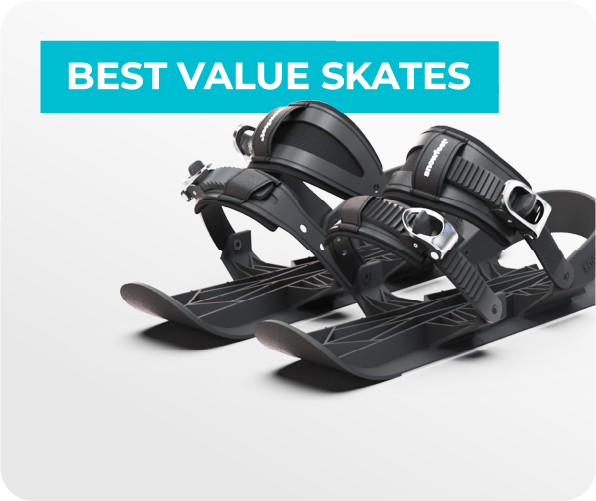
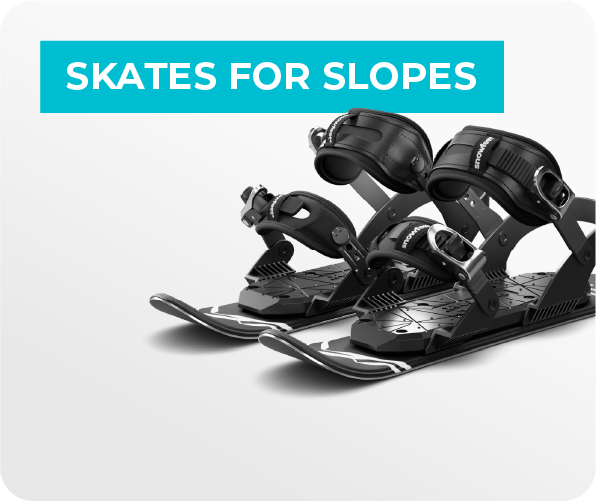
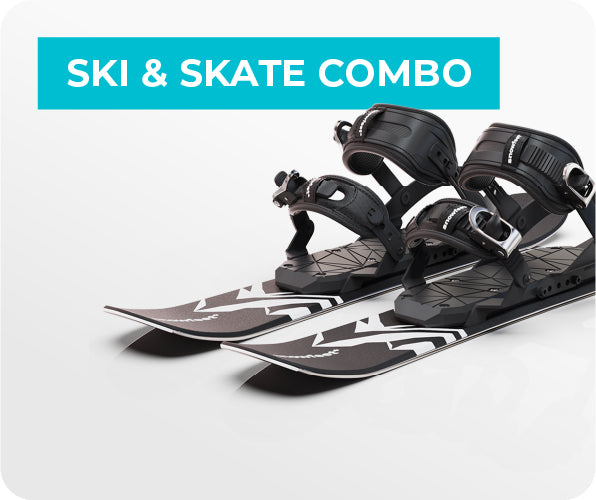
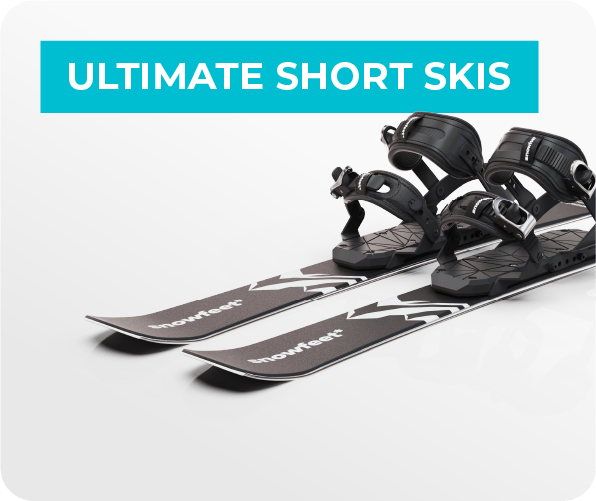
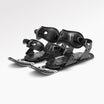
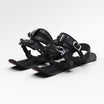
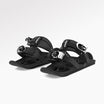
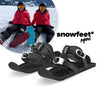
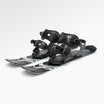
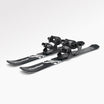
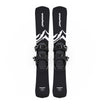
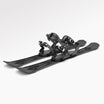
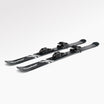
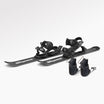
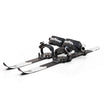
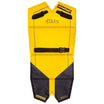
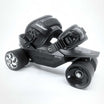
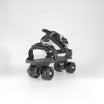
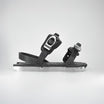
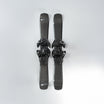
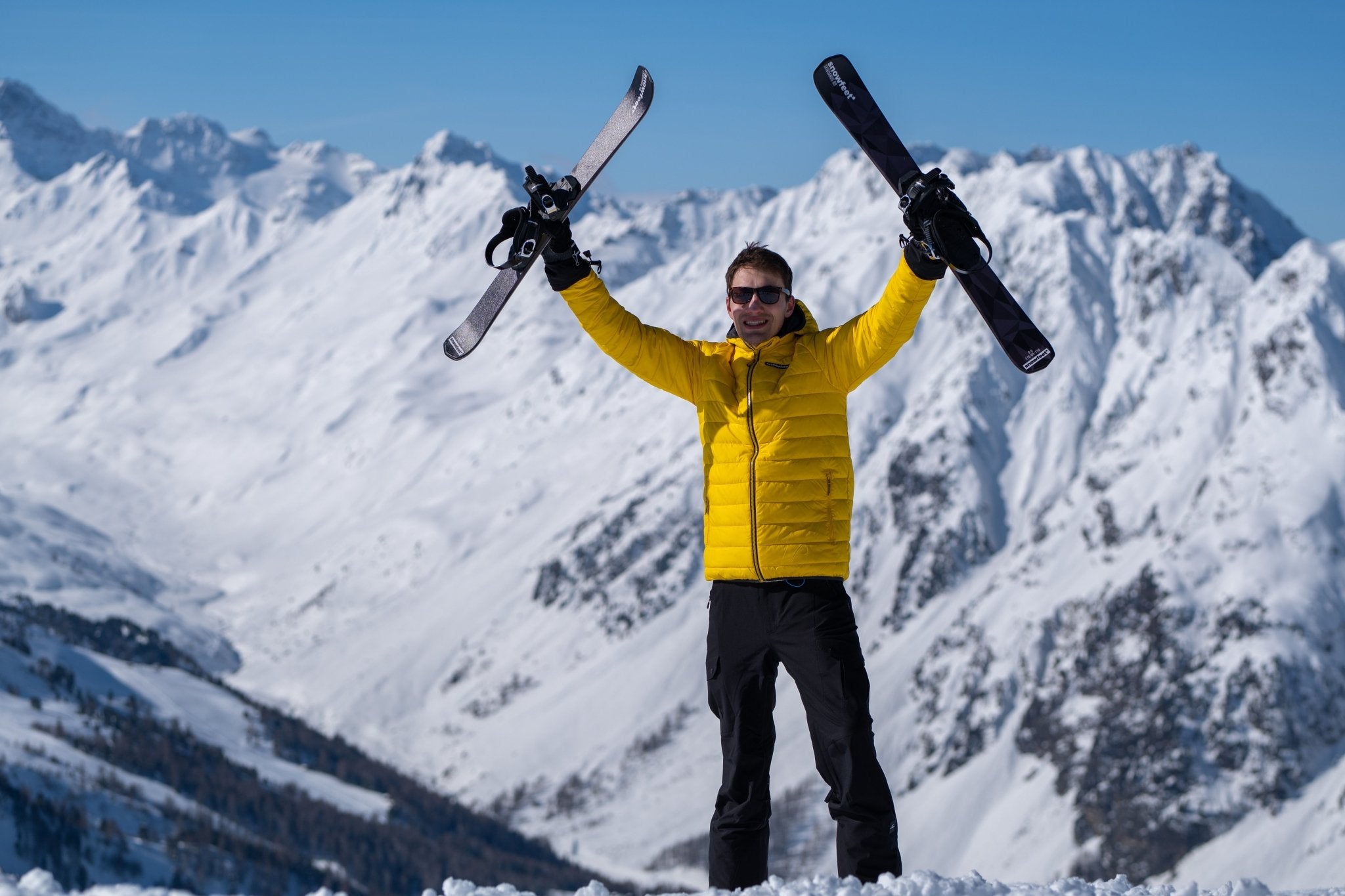
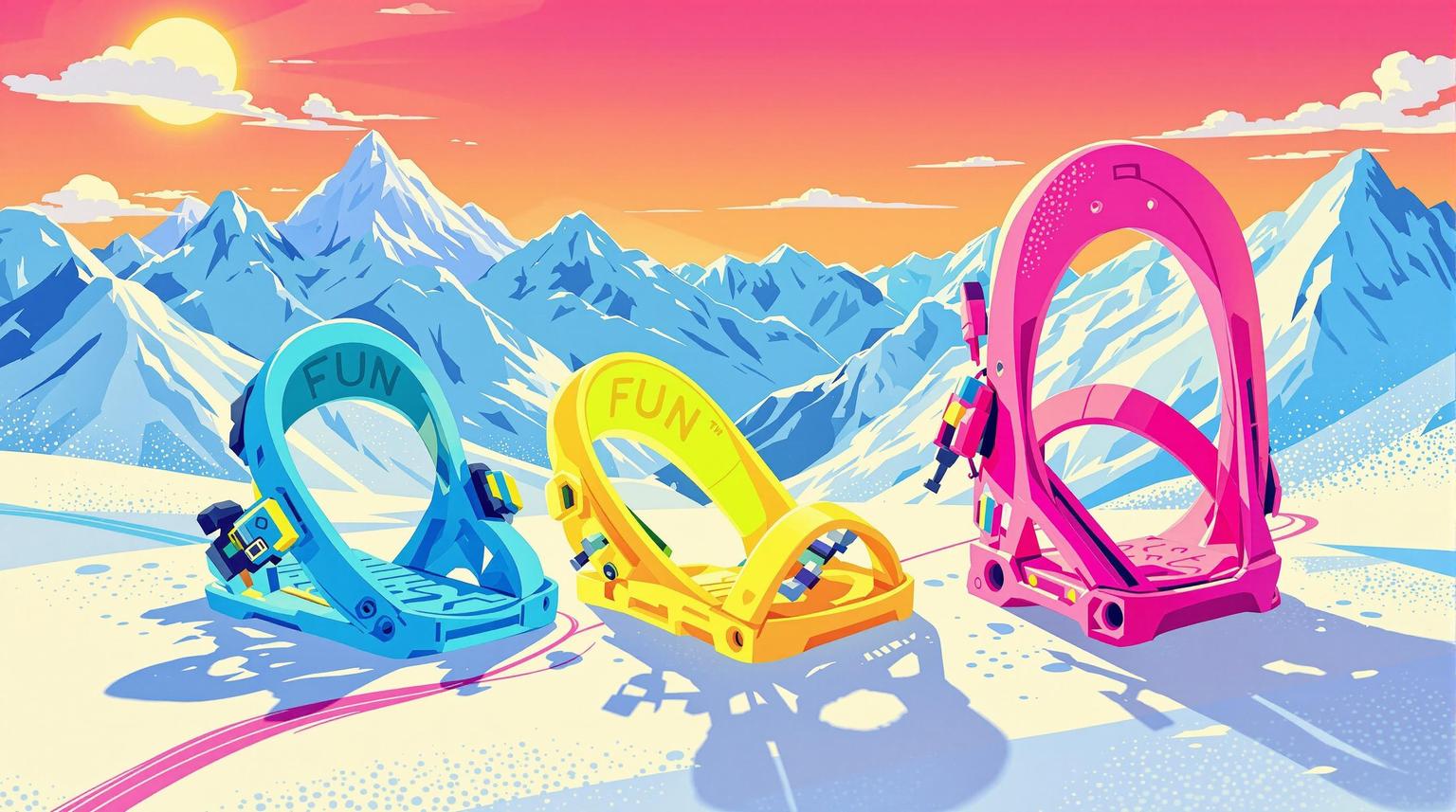
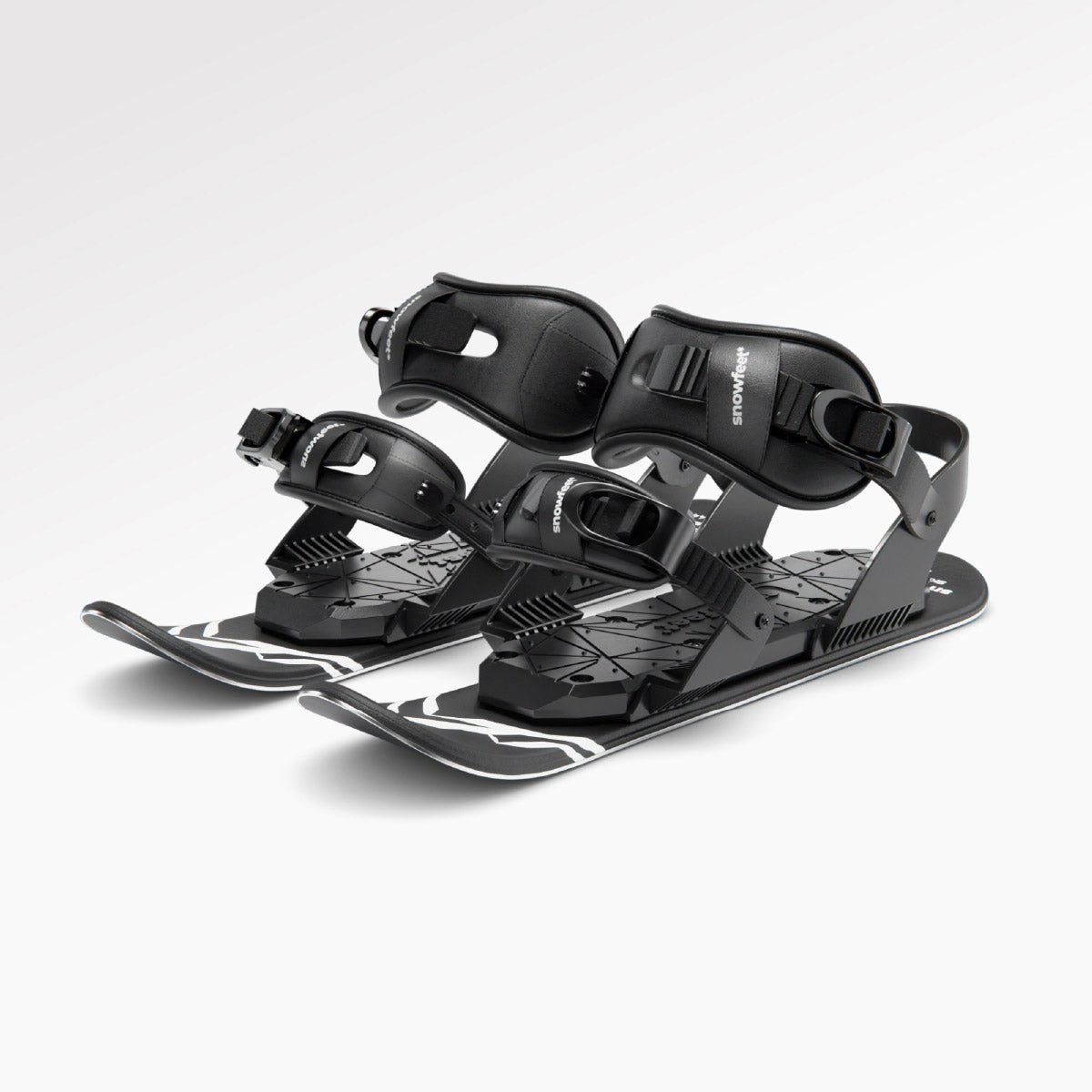
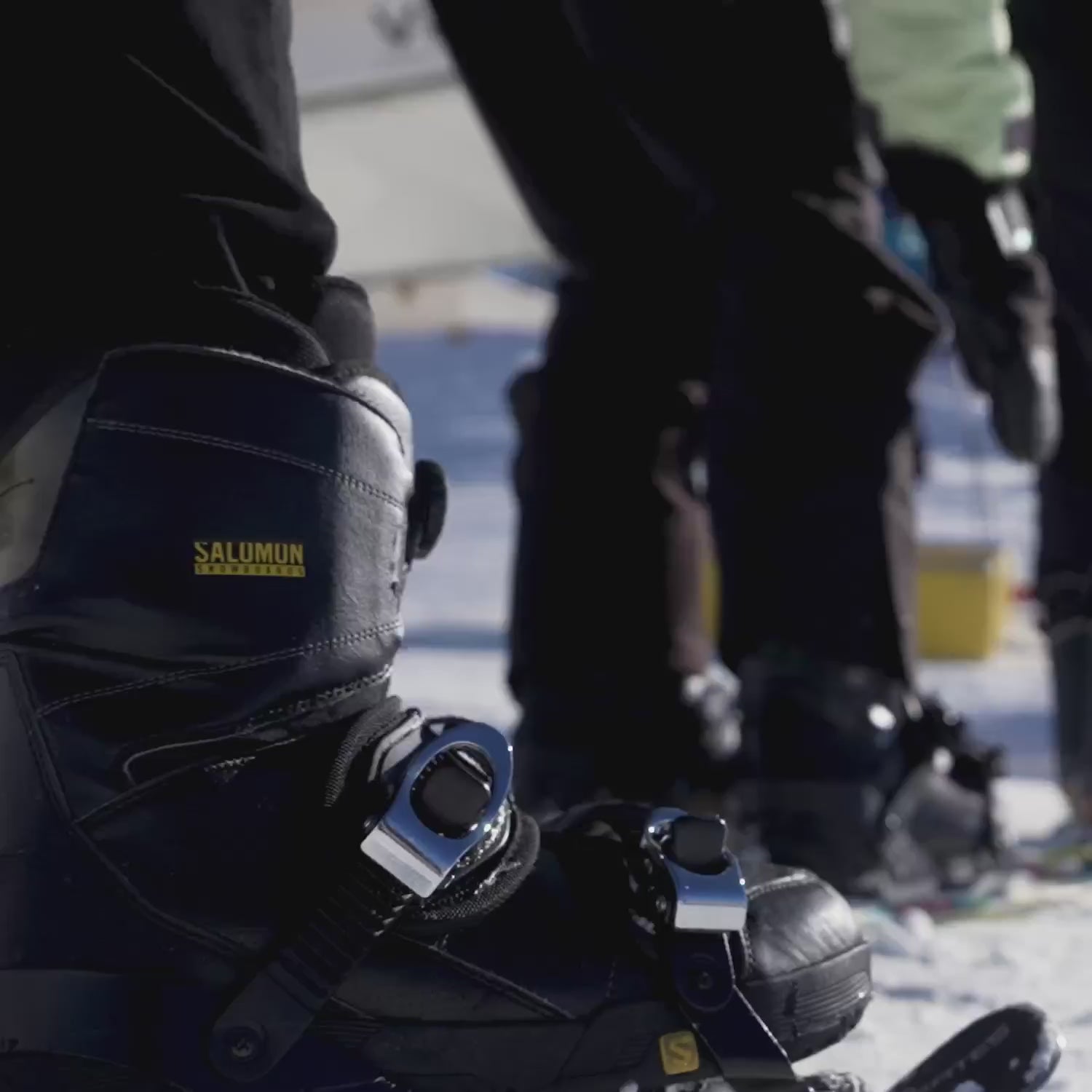
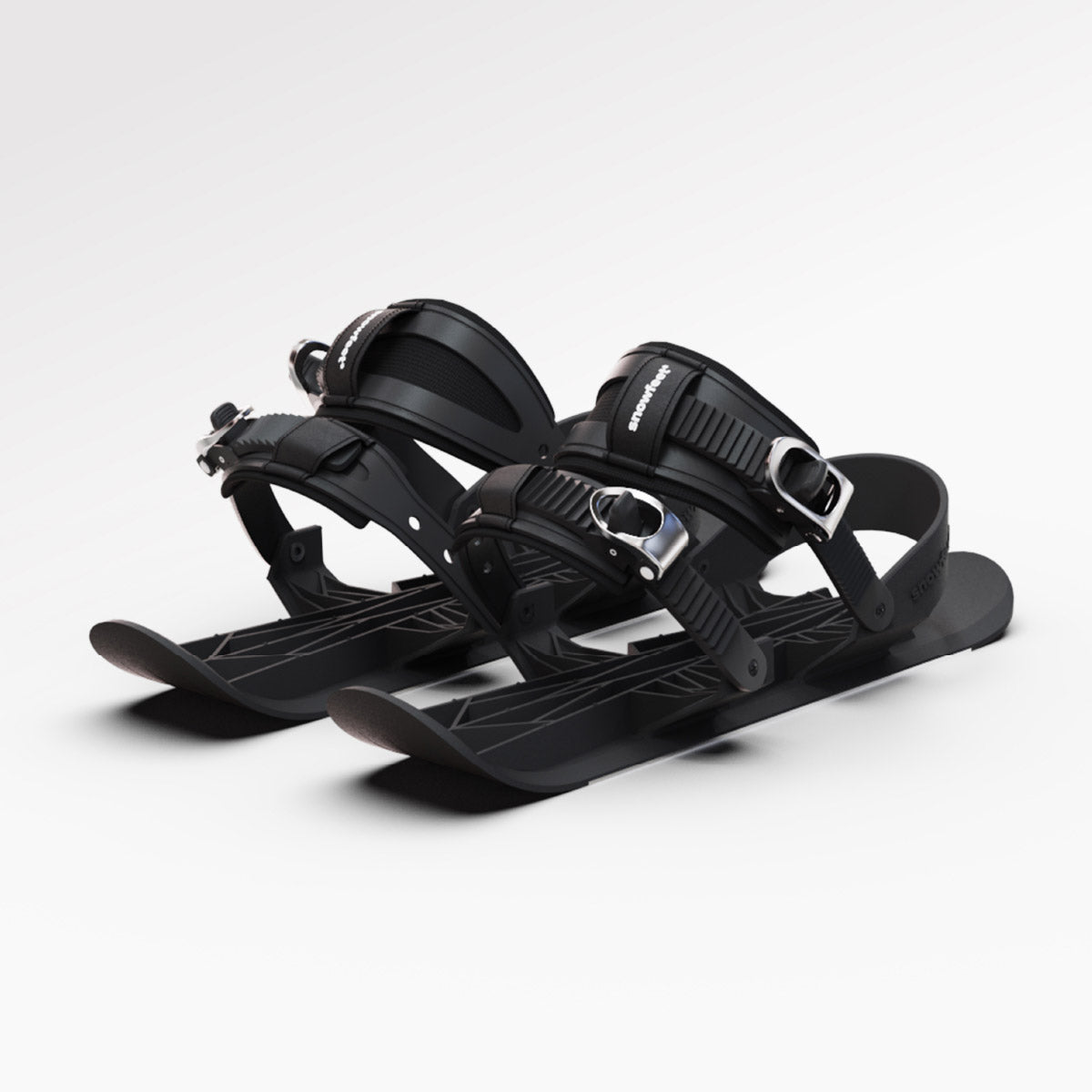
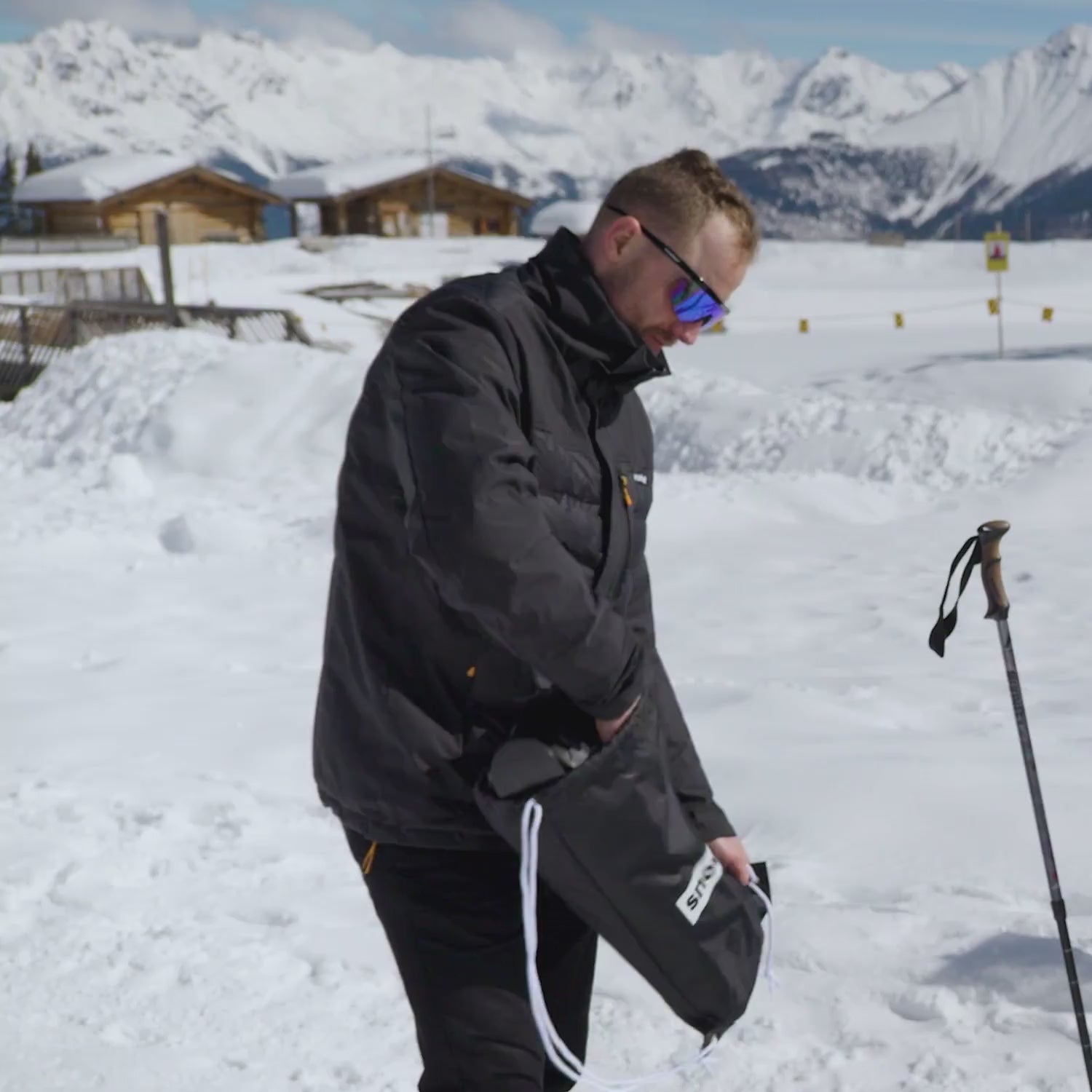
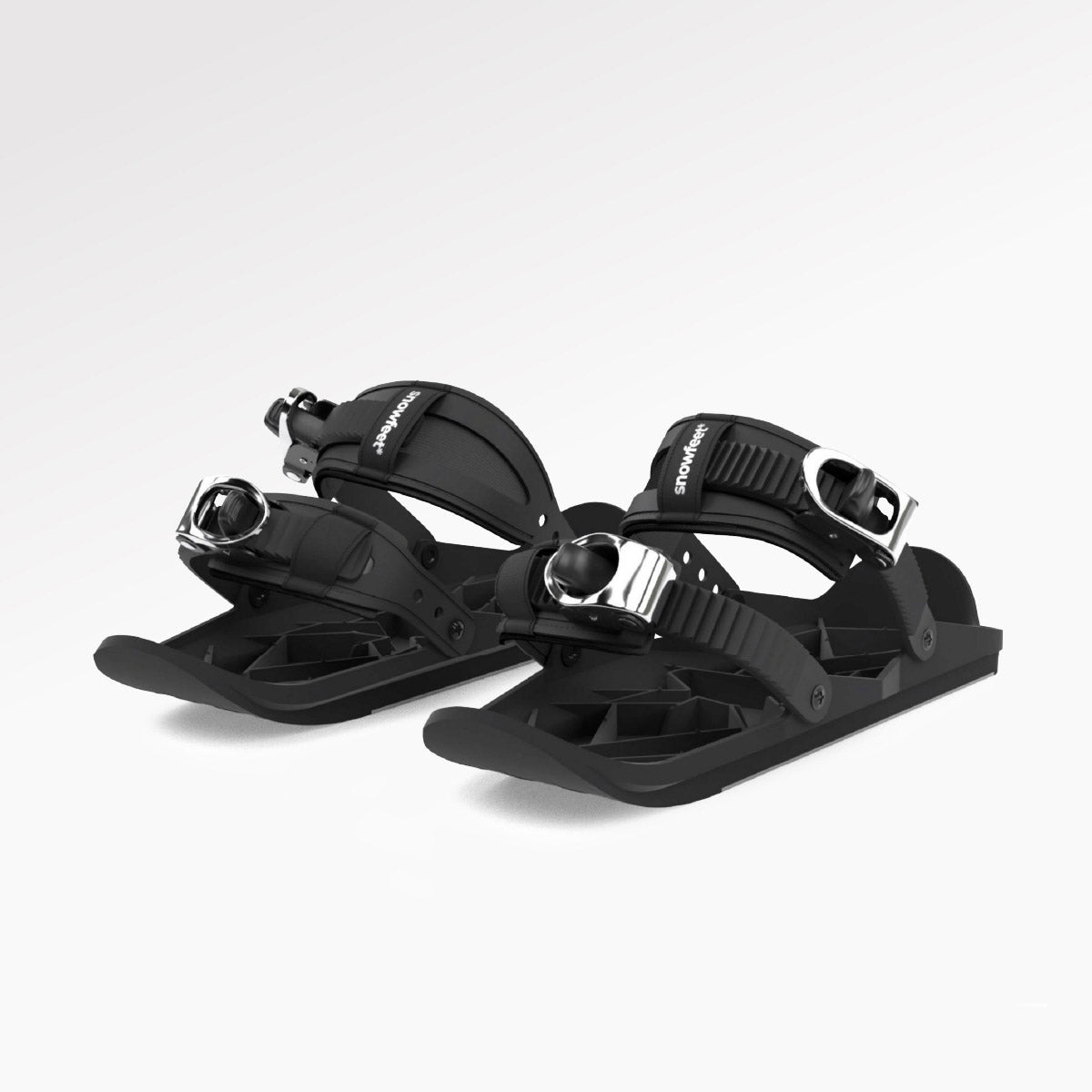
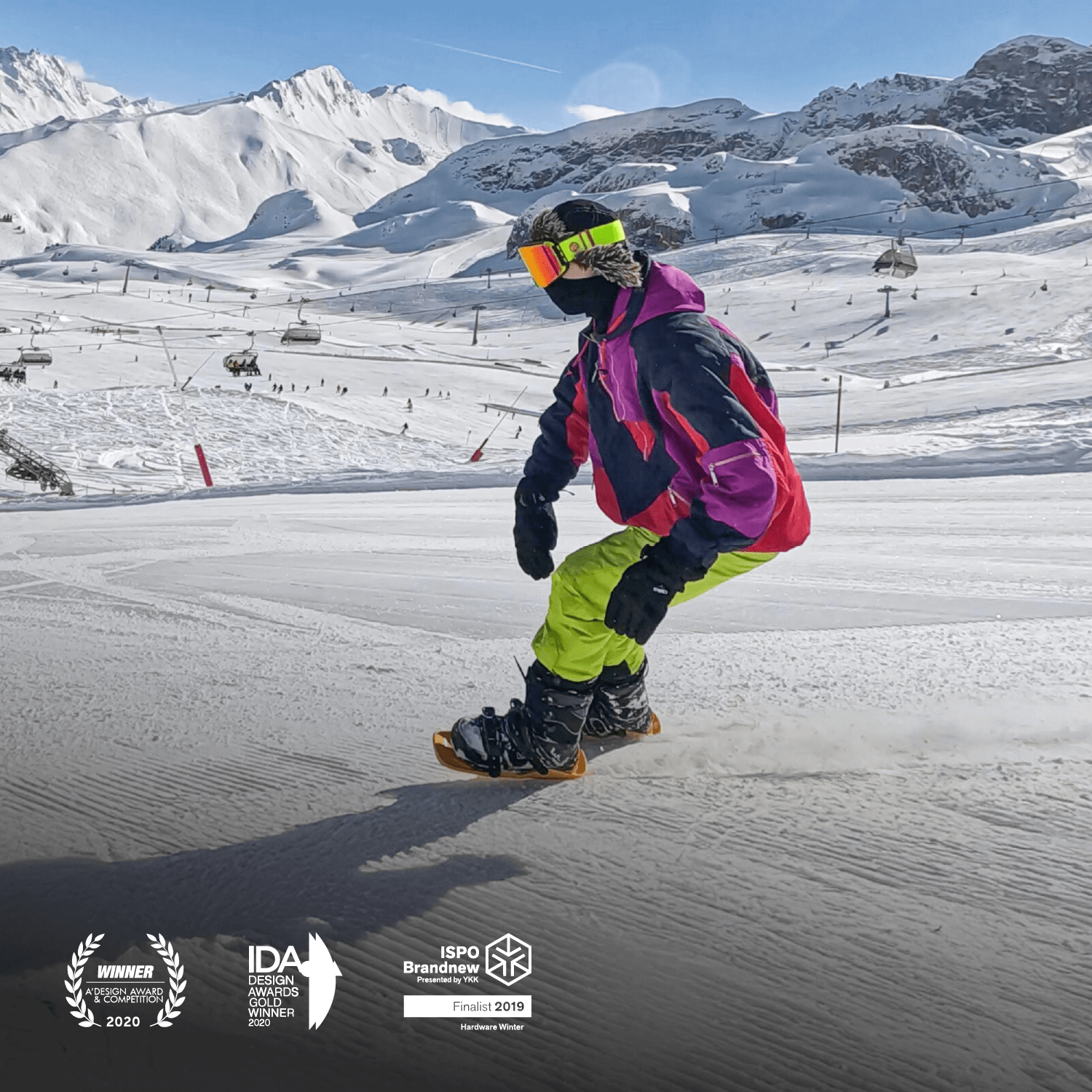

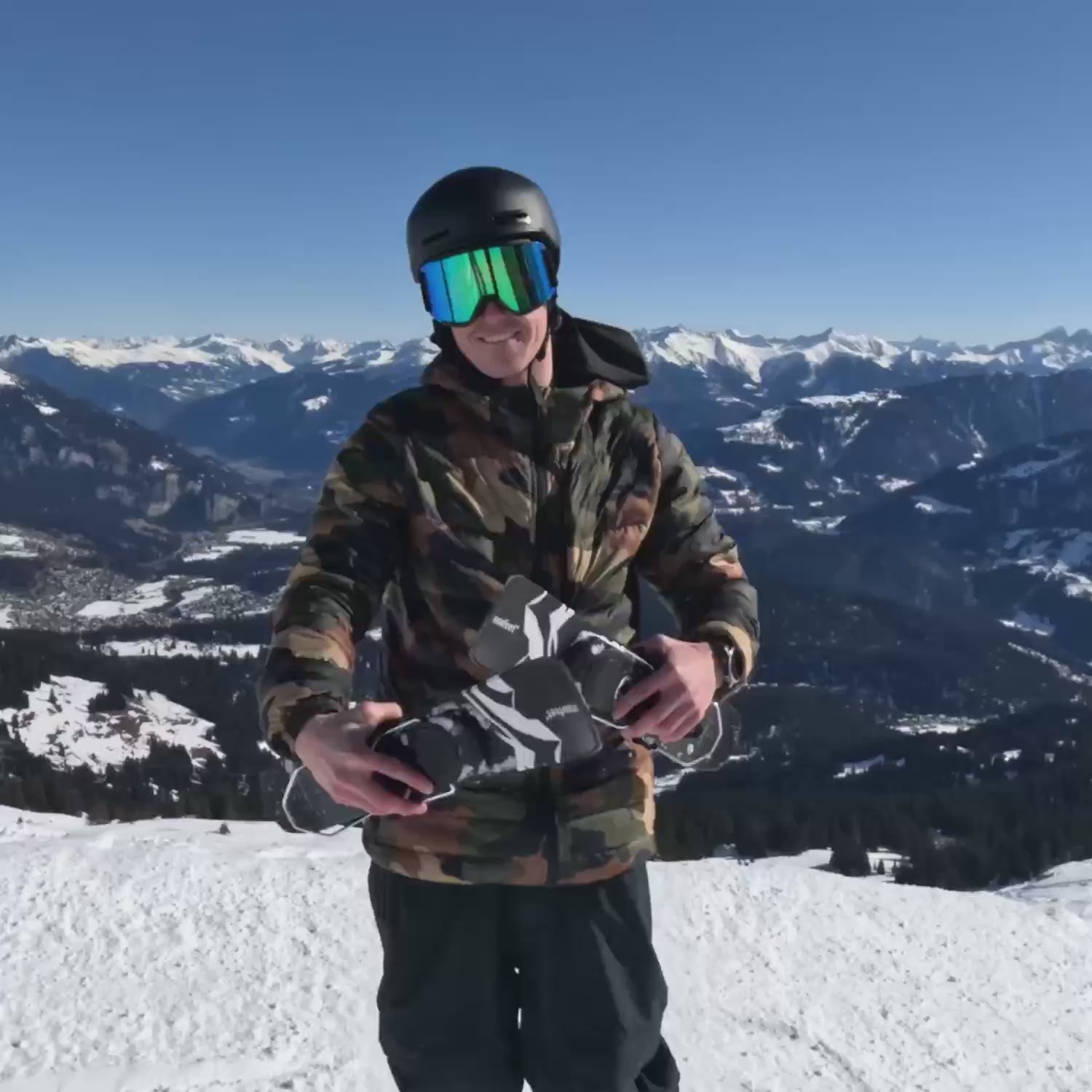

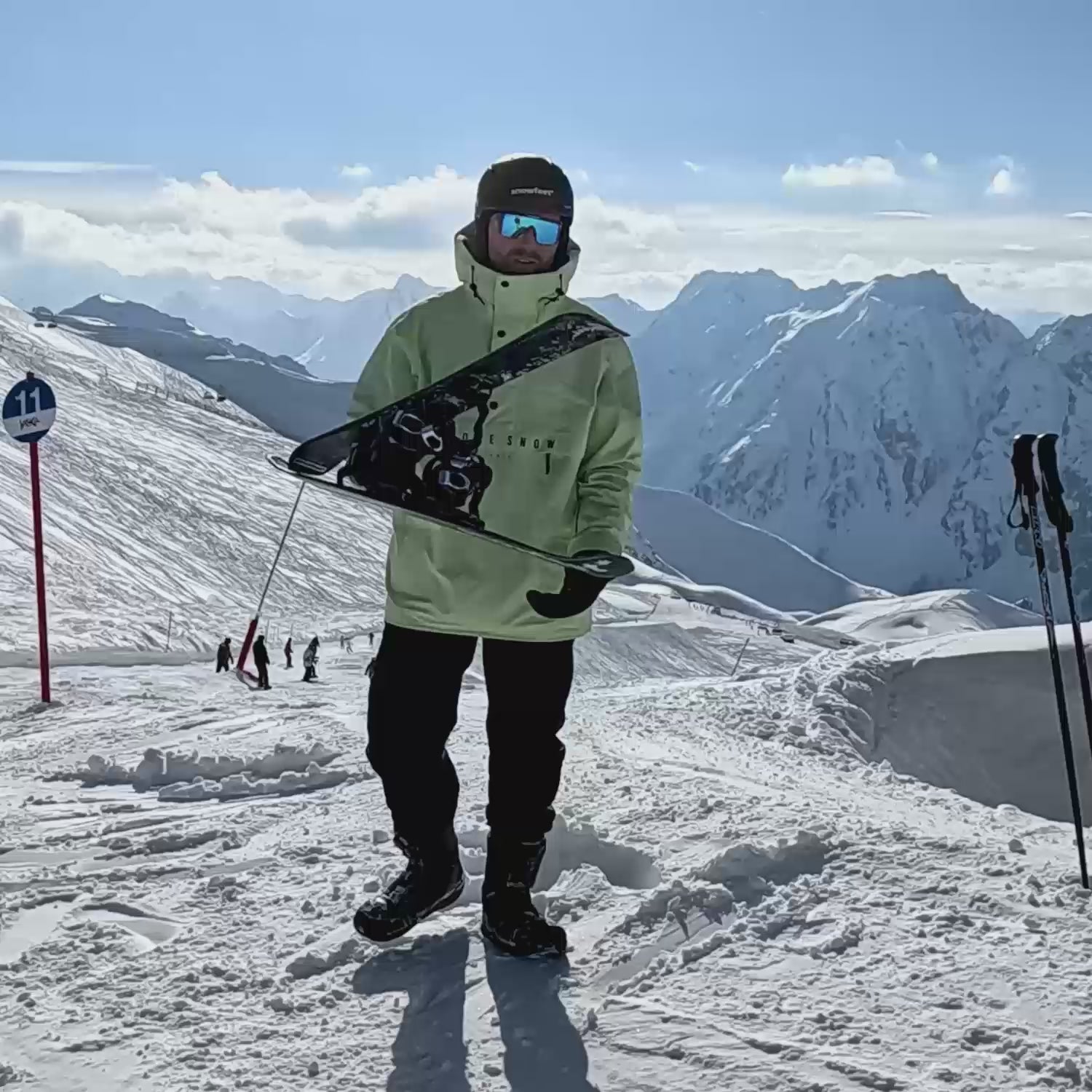
Leave a comment
This site is protected by hCaptcha and the hCaptcha Privacy Policy and Terms of Service apply.